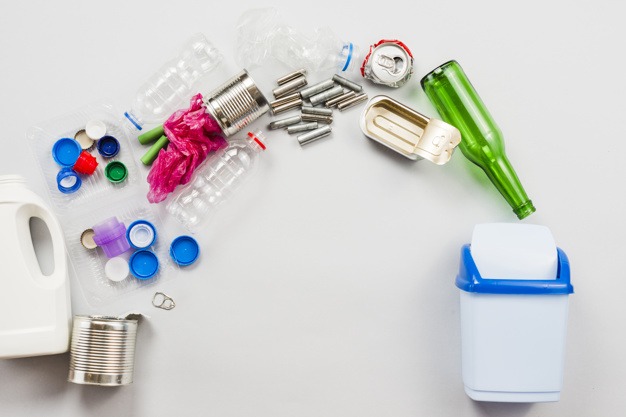Generally, there are two kinds of waste disposal. One kind of waste disposal unit works by cutting the waste by shredding it using rotating blades. These types can be noisy and take longer to shred harder waste items. Blades also tend to cut the waste into threads and can possibly block the waste pipes. Another kind works like a grinding wheel and breaks down the waste into small items that can be disposed of easily. It contains a grinding wheel inside a saw-toothed edge and can cope with harder waste items like small bones or fruit seeds.
Generally, the quieter a waste disposal unit is, the better is its quality. However, the degree of noise may also be affected by the type of sink you use – units installed into ceramic or plastic bowls are much quieter than those installed in stainless steel sinks.
It is important to make sure that the waste disposal unit will fit under your sink. Modern sinks, such as those with 1 ½ bowls can accommodate a 90mm outlet waste disposal unit. There are, however, adapters than can be used to match units to the sinks, and some even come with the units themselves.
When installing the unit, the first thing that you need to do is detach the waste assembly from the sink by disconnecting it from the sink flange. To do this, you need to loosen the screws of the assembly. Pry open the snap ring to remove the mounting assembly from the sink. Take out the flange from the sink.
Next, clean out any remaining sealant from the flange before replacing it. You will also need to clean any sealant from underneath the sink.
With plumber’s putty, replace and seal the cleaned flange into the sink hole.
Then, re-install the mounting assembly to the sink. Replace the snap ring and tighten the assembly.
Shut off power at the fuse box or circuit breaker before connecting the electrical wiring to the disposal unit. Connect the unit to the assembly by turning the mounting collar until it is securely fastened all the way around.
After this, you can now install the plumbing connections. You just need to connect the drain pipe to the drain port of the waste disposal unit.
Connect the units’ power supply and turn on the power. To test, try turning the water on to check for possible leaks.













